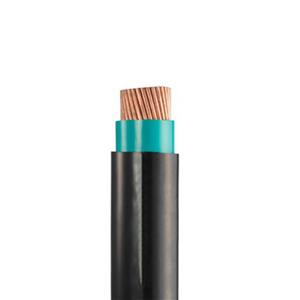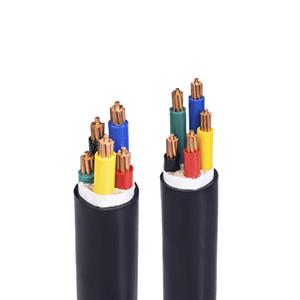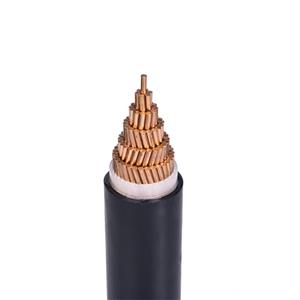The application of aluminum alloy cables in photovoltaic projects
Under the background of the global promotion of clean energy transformation, the photovoltaic industry is booming at an unprecedented speed. As photovoltaic projects are springing up all over the world, cables, as an indispensable key material in photovoltaic projects, have also seen explosive growth in demand. In the entire photovoltaic system, cables undertake the important mission of connecting various components and transmitting electrical energy, just like the blood vessels of the human body, ensuring the stable operation of the system. Among the many cable materials, aluminum alloy cables have gradually emerged in photovoltaic projects with their unique advantages and become the focus of industry attention.
Aluminum alloy cables, as a rising star in the cable family, have been increasingly widely used in photovoltaic projects in recent years. Aluminum alloy cables, as the name suggests, are cables with aluminum alloy materials as conductors. It is not a simple aluminum metal, but is made on the basis of pure aluminum by adding copper, iron, magnesium, silicon, zinc, boron and other alloy elements, and using special processing technology. This careful design and manufacturing enables aluminum alloy cables to have a variety of excellent properties, making up for the shortcomings of traditional aluminum cables. Compared with traditional aluminum cables, aluminum alloy cables have significantly improved mechanical properties, electrical conductivity, corrosion resistance and other aspects.
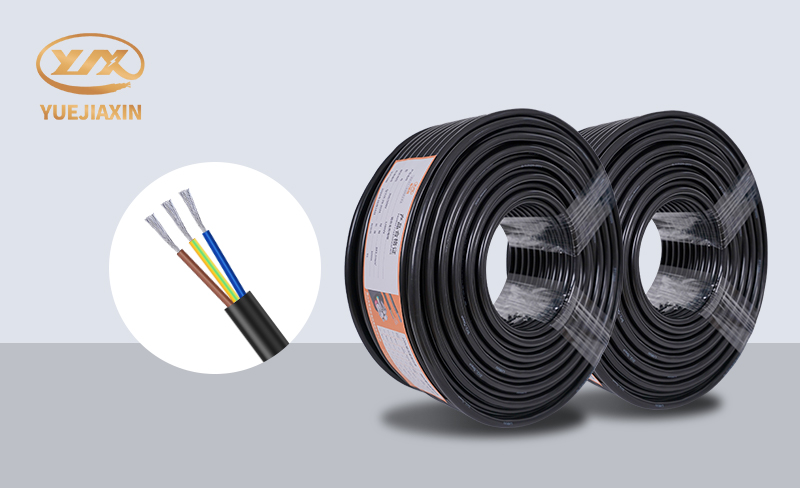
Aluminum alloy cables have outstanding advantages in terms of cost, which is one of the important reasons why they are favored in photovoltaic projects. From the perspective of raw materials, aluminum is extremely abundant on the earth and is the most abundant metal element in the earth's crust. Its reserves are about 1,000 times that of copper, which makes aluminum cheaper than copper. In large-scale photovoltaic projects, the amount of cables used is huge, and the use of aluminum alloy cables can greatly reduce the cost of material procurement. Not only that, the density of aluminum alloy cables is about one-third of that of copper, which means that aluminum alloy cables are lighter at the same length and specifications. During transportation, the reduction in weight can reduce transportation costs, especially for some photovoltaic projects with long transportation distances. This advantage is more obvious. During the installation process, lighter cables are easier for construction workers to operate, reducing manpower investment and installation difficulty, thereby reducing installation costs. Photovoltaic power stations are usually built outdoors and face complex and changeable natural environments, such as high temperature, high humidity, ultraviolet radiation, and chemical corrosion, which puts extremely high demands on the corrosion resistance of cables. Aluminum alloy cables perform well in this regard. A dense oxide film will naturally form on its surface. This oxide film can effectively block external oxygen, moisture and corrosive substances, protecting the internal conductor from corrosion.

With the continuous expansion of the global photovoltaic industry and the continuous innovation of technology, the application prospects of aluminum alloy cables in photovoltaic projects are bright. From a technical perspective, researchers are constantly exploring and innovating, committed to further improving the performance of aluminum alloy cables. In the future, we are expected to see the advent of aluminum alloy cables with higher conductivity, better mechanical properties, and stronger corrosion resistance, which will further expand its application scope in photovoltaic projects, and may even achieve breakthroughs in some areas originally occupied by copper cables.
In terms of cost, with the maturity of aluminum alloy cable production technology and the advancement of large-scale production, its cost is expected to be further reduced. This will make aluminum alloy cables more advantageous in the competition with copper cables, attract more photovoltaic projects to choose to use aluminum alloy cables, thereby promoting the reduction of the cost of the entire photovoltaic industry and improving the competitiveness of the industry.
From the perspective of market demand, the photovoltaic industry, as an important part of clean energy, has been strongly supported and encouraged by governments of various countries. With the advancement of the "dual carbon" goal, the global demand for clean energy will continue to grow, and the installed capacity of photovoltaic projects will continue to rise. This undoubtedly provides a broad market space for aluminum alloy cables, and its use in photovoltaic projects is expected to continue to increase.
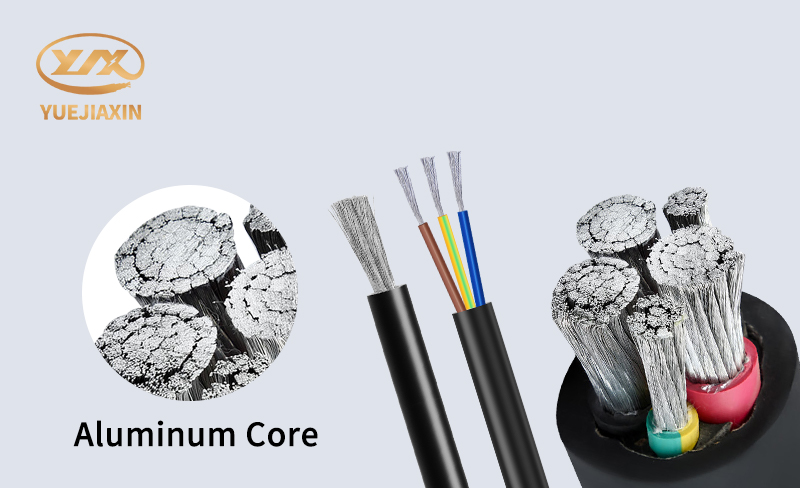
The application of aluminum alloy cables in photovoltaic projects is an important development trend of the photovoltaic industry. It not only meets the industry's demand for cost control, but also meets the photovoltaic system's requirements for cable performance.

